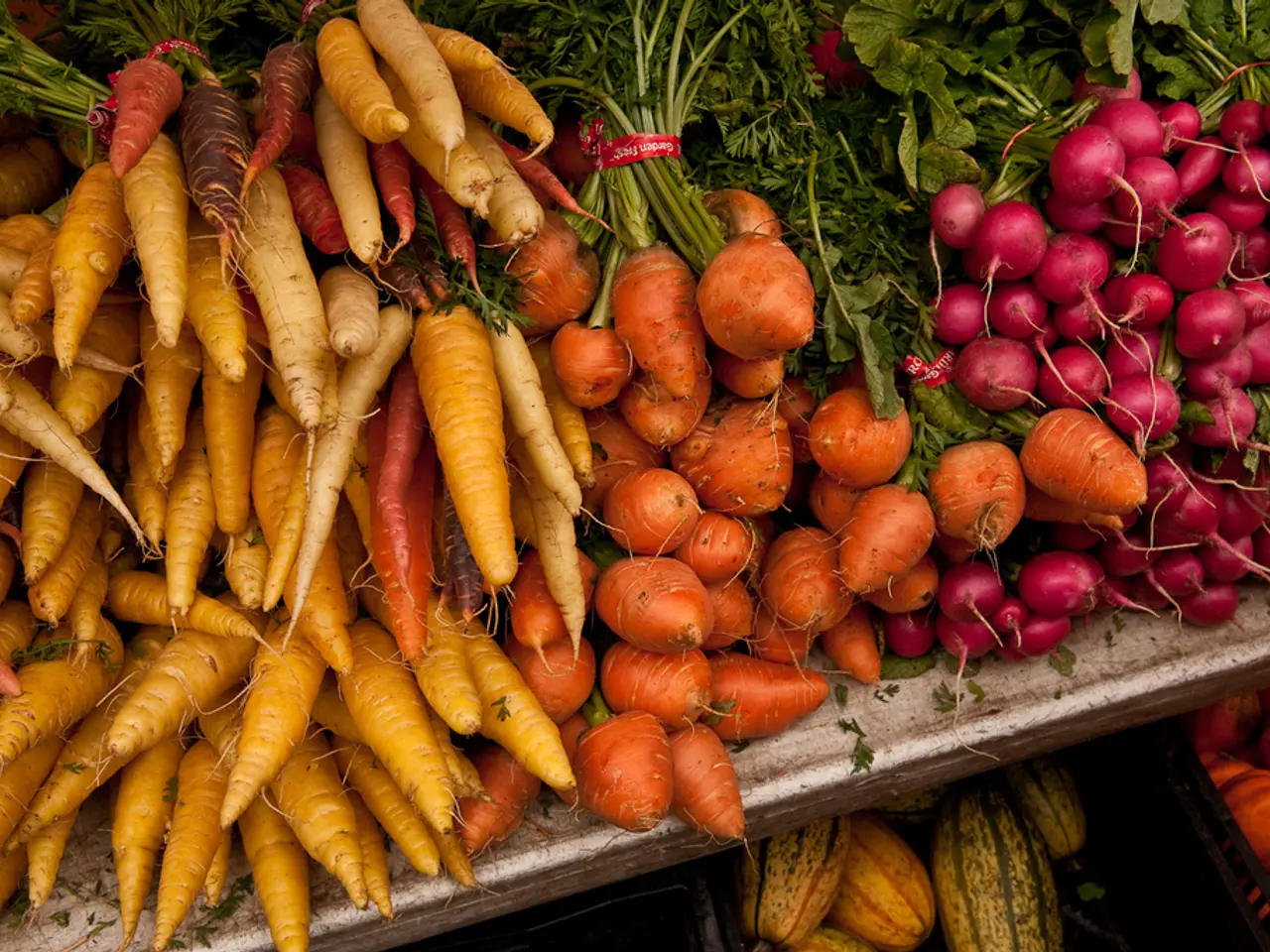September Gardening Chores: Five Timeless Practices
================================================================================
In this article, we'll explore two gardening topics: building a compost bin at home and propagating low-light plants.
Building a Compost Bin at Home
Creating a compost bin at home is an easy and eco-friendly way to reduce kitchen and yard waste while producing nutrient-rich compost for your garden. You can build a compost bin using materials you likely already have, such as wooden pallets, old bricks, or plastic storage bins with holes drilled for ventilation.
- Choose Your Base Materials: Use reclaimed items like wooden pallets, old bricks, or plastic storage bins with holes for ventilation. For example, stacking 75 bricks to form a base and walls is one option if you have bricks available. Wooden pallets or scrap wood like 2x2s and shiplap can be used to build a frame or box.
- Construct the Bin Frame: Assemble a square or rectangular box about 3 feet on each side to retain heat and create enough volume for composting. It can be a single bin or a multi-bin compost system if you want to compost in stages or separate materials. Optional: Add removable front panels or a cover for easy access and protection from pests and rain.
- Add Ventilation and Drainage: Drill or leave gaps in the sides for airflow and ensure the bottom is open or placed directly on soil to allow drainage and worm access.
- Prepare for Composting: Start layering your compost bin with “browns” (dry carbon-rich materials like dried leaves, shredded paper) and “greens” (wet nitrogen-rich materials like food scraps and grass clippings), covering each green layer with browns to reduce odors and pests.
- Maintain the Pile: Keep the compost moist (like a wrung-out sponge), and stir or turn it weekly to add oxygen which speeds up decomposition.
Propagating Low-Light Plants
Several plants can flourish in low light and tolerate dry conditions, making them ideal for indoor gardening. Coleus, wax begonias, fuchsias, pelargoniums are examples of such plants.
For those interested in propagating these plants, most of them will root easily in water. Instructions for rooting cuttings in water can be found in the article "Rooting Cuttings in Water on Your Windowsill".
Autumn is a good time to divide spring-blooming perennials, including primroses, creeping phlox, brunnera, etc. Taking cuttings from choice container annuals now is beneficial for overwintering indoors.
Note down that wild evening primroses may attract Japanese beetles in the garden, potentially protecting other plants.
To prepare tomatoes for freezing as paste, wash, pare out stems and rotten spots, cut into pieces, and liquefy in a blender. After boiling, simmer the tomato paste on low until it reaches the desired consistency. Strain the liquefied tomatoes to remove seeds and skins before boiling them down to a desired consistency. Preserving extra tomatoes as paste can be done by freezing them, even if not canned. Tomato paste can be poured into individual freezer bags or first frozen in ice cube trays before transferring to freezer bags.
Paste tomatoes are generally better for freezing, but other types can also be used with longer cooking times.
A home-improvement project that aligns with an eco-friendly lifestyle is building a compost bin at home, using materials such as wooden pallets, old bricks, or plastic storage bins with holes drilled for ventilation. In the realm of home-and-garden, propagating low-light plants like coleus, wax begonias, fuchsias, and pelargoniums can be achieved through rooting in water, making them ideal for indoor gardening scenarios.




